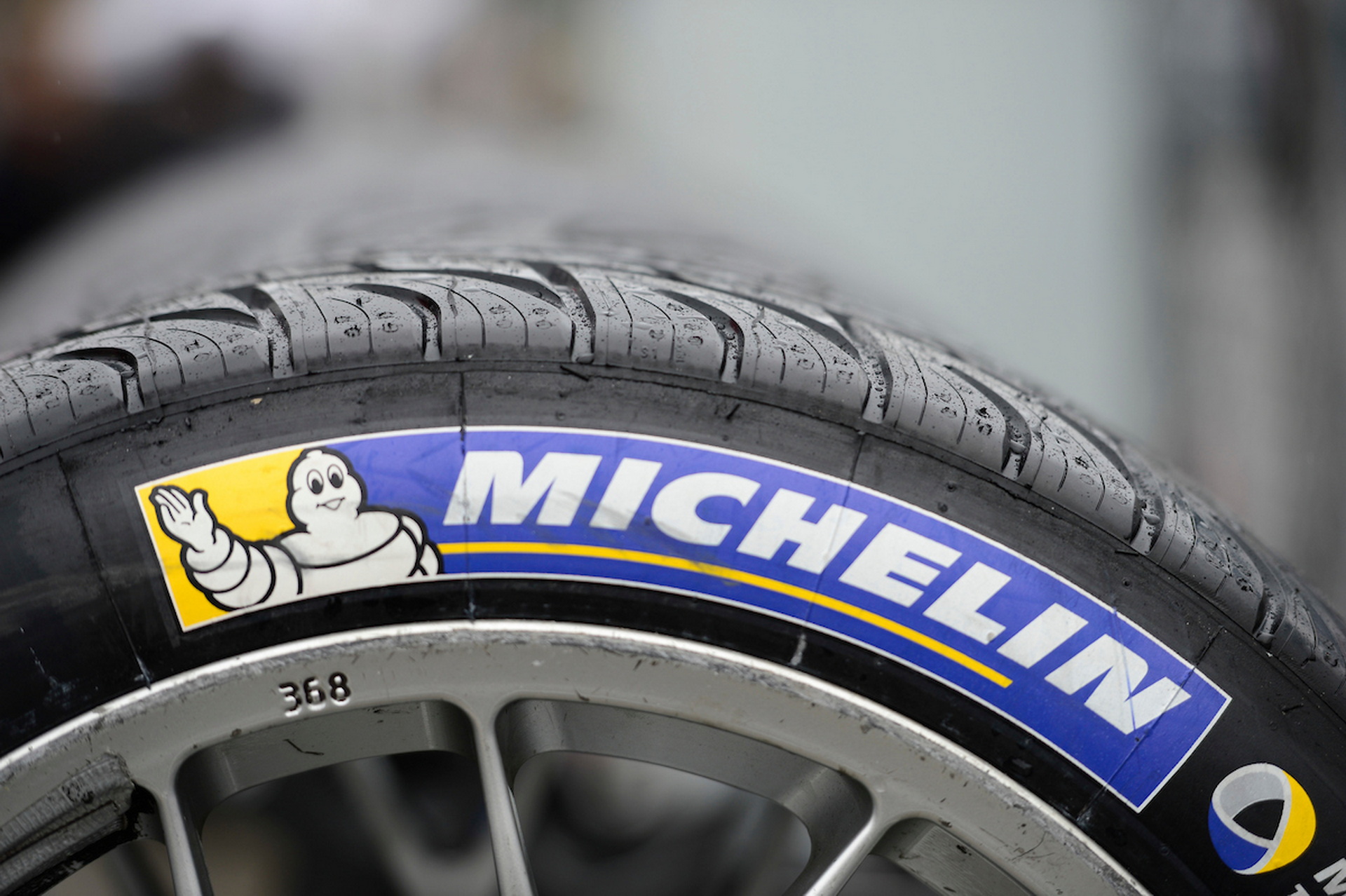You could be forgiven for not realizing that the Michelin that makes tires and the Michelin that reviews restaurants are actually one and the same.
Better still, the story of how Michelin became the expert on fine dining is actually related to its ambitions as a tire company, as YouTube food personality Adam Ragusea reports in a new video. In many ways, Michelin started reviewing restaurants so that French motorists would have somewhere to go.
As Ragusea tells it, despite being marvels of mobility today, in their early days cars couldn’t go that far because they weren’t all that reliable. Among the reasons for that was the fact that early tires had to be glued onto the wheels. When the Michelin brothers started selling tires that were affixed to the wheel with tension, they allowed people to travel farther afield.
Read Also: Michelin Looks To Hydrogen Fuel Cells And 3D Printing To Secure Its Post-COVID Future
Andre Michelin, the elder of the two brothers who ran the company at the turn of the 20th century, is now hailed as a pioneer of indirect marketing because of the guide that’s still around today. Understanding that the market for tires would stay small until the market for transportation became bigger, he sought to market the motoring lifestyle. That included sponsoring races, early feats of aviation, promoting a national road numbering system in France, making maps, and creating the Michelin Guide, which was first published in 1900.
The Michelin Guide actually contained information about all kinds of things that motorists might want to know about including the location of repair shops, gas stations, and, of course, restaurants. In fact, the rise of the automotive lifestyle in France was intertwined with the rise of gastronomy.
As other tire companies became bigger competitors, Michelin tied itself to a French nationalism movement by encouraging Parisians to go out into the provinces and eat at restaurants around the country, and in so doing helped to cement France’s reputation as a capital of fine food.
Even today, the guide still focuses on Western Europe and measures other restaurants against European fine dining, something that gives the guide some blind spots and has opened it to criticism. Despite that, though, it remains a fascinating look at how the automotive world has evolved over the last hundred years.





